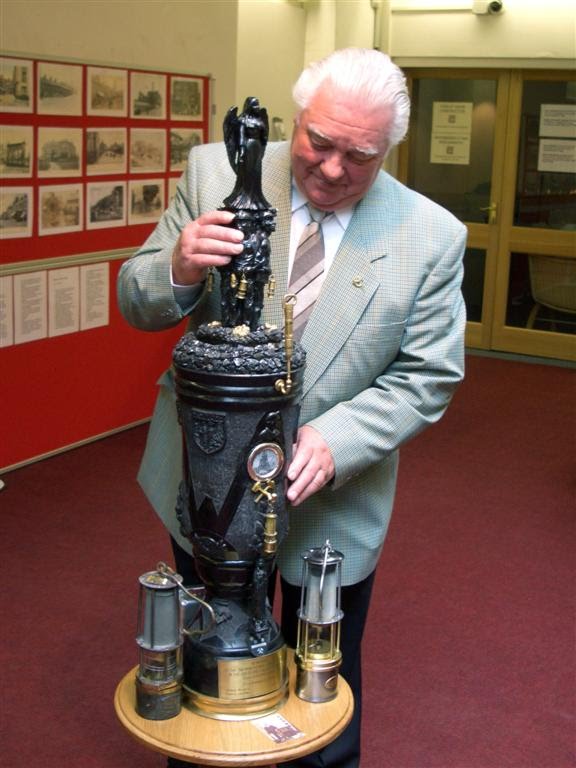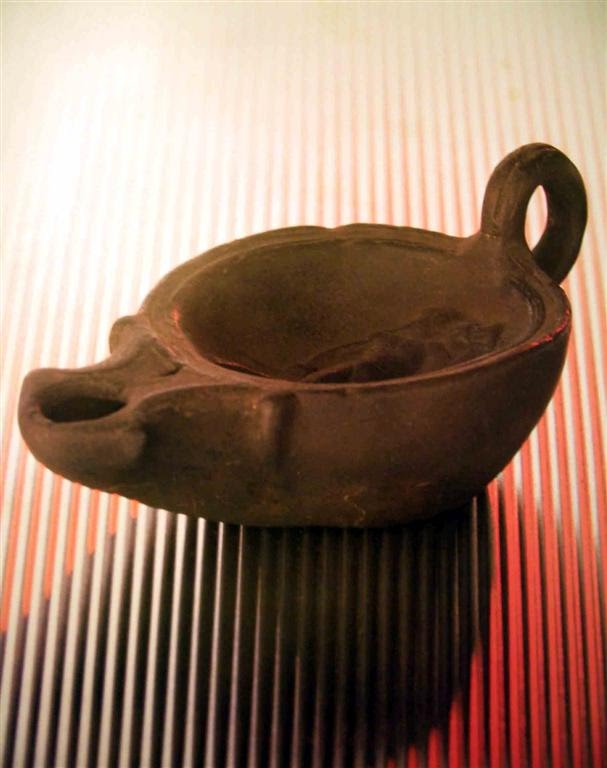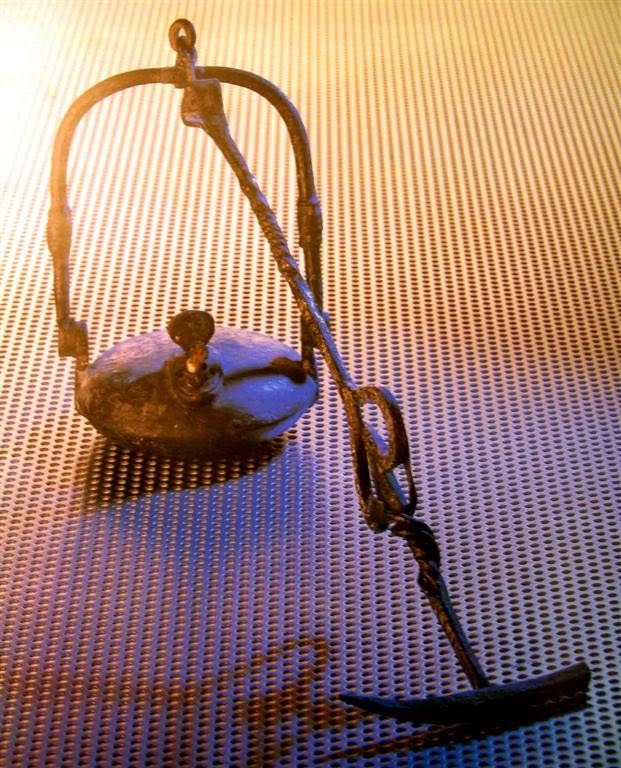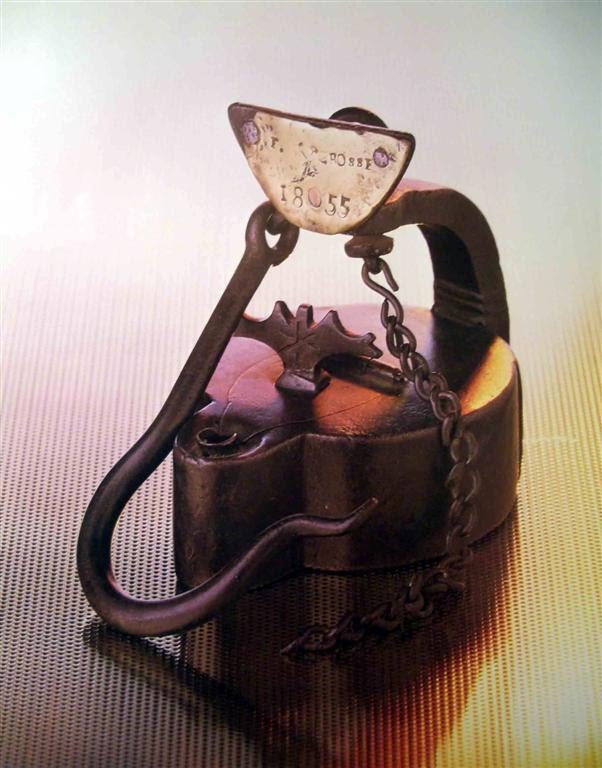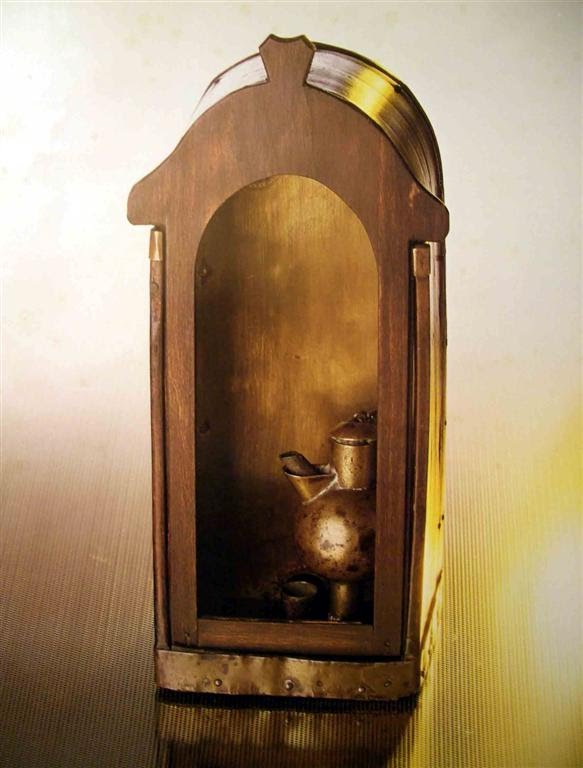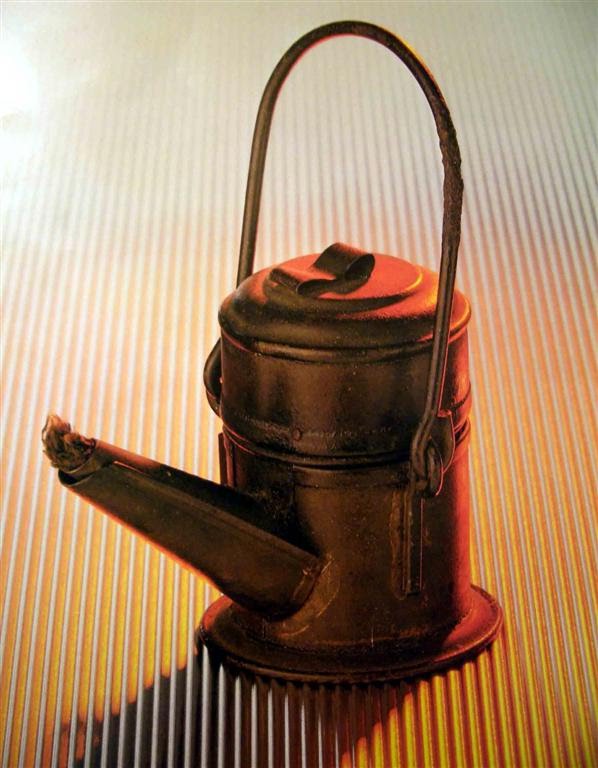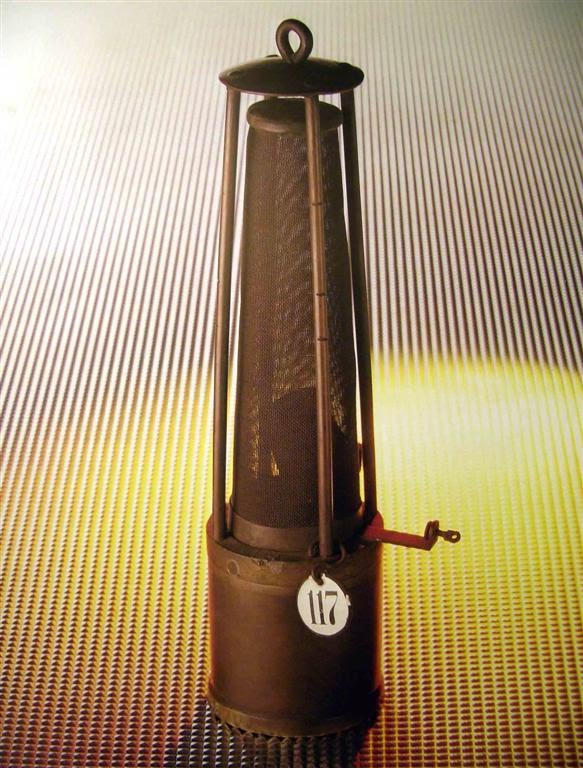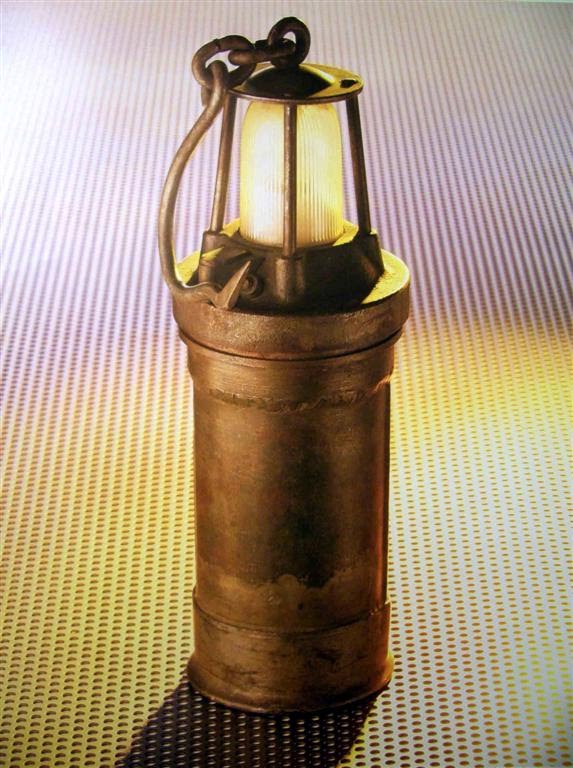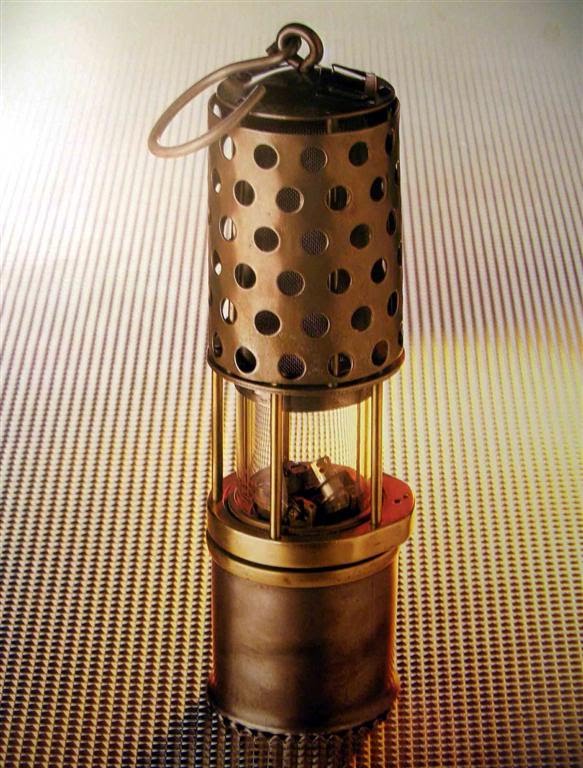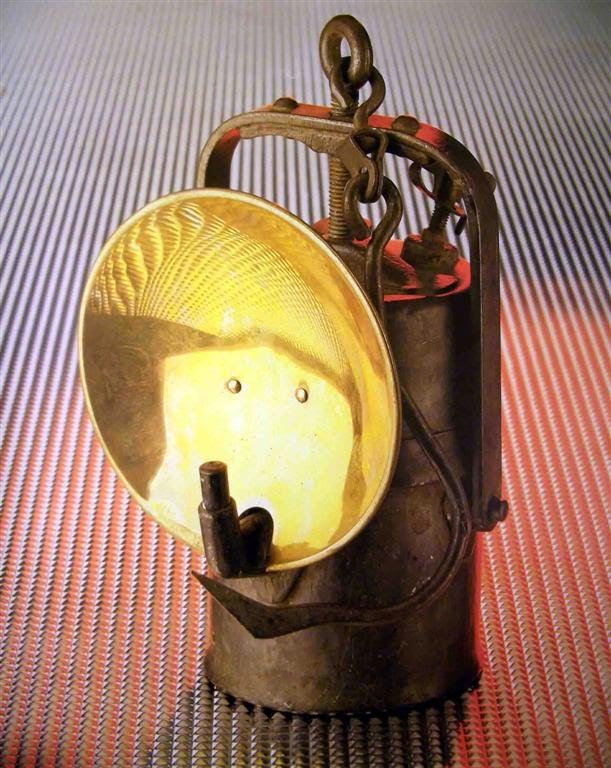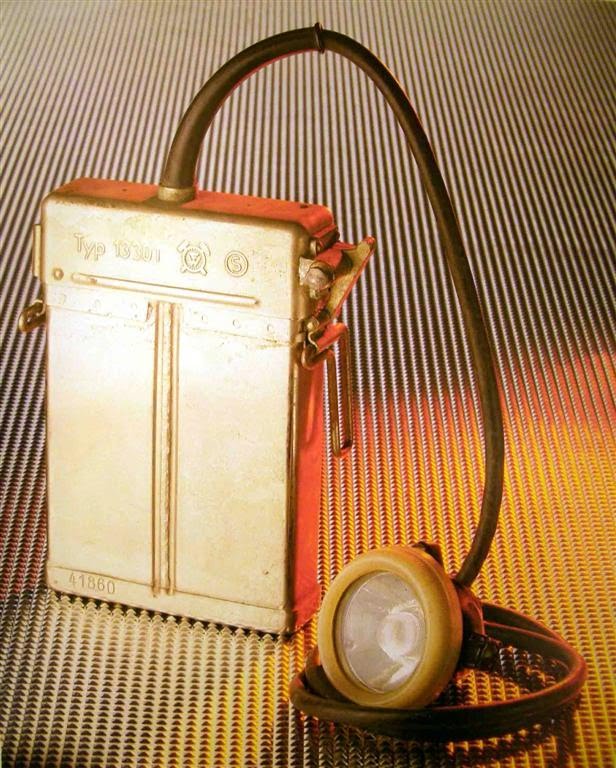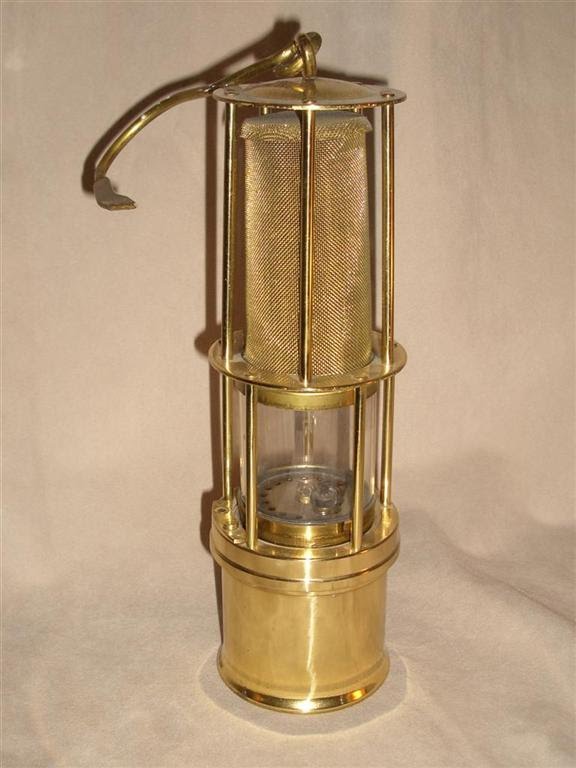Navigation......................................
01.
Home
02.
General Lead Mining History
03a. Halkyn Mines: History
03b. Halkyn Mines: A few artefact photos
03c.
Halkyn Mines: info downloads
03d.
Halkyn Mines: Don Richardson - electrician
03e. Milwr Tunnel: Recent work
04.
MAP: Veins of Halkyn Mountain
05. Blaen-y-nant vein, Eryrys
06. Westminster vein, Eryrys
07. Fron Fownog Flats, Gwernaffield
08.
Pilkington's vein, Loggerheads
09.
North Henblas Mine, Milwr
10.
Deterioration of the mining record
11. Talargoch Mine
A.
Mines lighting old & new
B. Links
C. Further reading
D. Cris's Shop Window
A. Mines lighting old & new
Just a few lighting devices (shown below) from the earliest oil lamp to
todays electric cap-lamp. Most are unrelated to north Wales, but a nice
collection of images nonetheless.
Most of the photos are copied from a set of posters given by Herbert
Jagusch who worked in Halkyn Mines after the War. Herbert was was
trained as a skipper of German one-man submarines. These were capable of
delivering a single torpedo, after which they were incapable of staying
below the surface! After the War, Herbert worked as a driller and
shot-firer at Halkyn Mines. He lived at Cilcain when he met and married
Maude, a woman from Mold. Eventually he and Maude returned to Germany
where he worked at Sophia Jacoba colliery, near Aachen. Now in his 80s,
he still drives over from Germany twice a year to visit relatives in
Mold and often calls in for a chat, particularly about his times in
Halkyn Mines. At his home, Herbert has created an impressive display of
mining items, some from Halkyn Mines including an Ingersoll Rand 'flying
pig' drilling machine.
Herbert also creates detailed carvings from anthracite. In 2006 he
presented the piece below to Wrexham Museum to commemorate the Gresford
mining disaster of 1934 when 266 men perished. Sadly the museum have
chosen to keep the carving in storage hidden from public view.
Consequently, in 2008 Herbert presented a similar piece to the Miners
Welfare Institute in Llay.
A good account of the Gresford disaster, along with details of the men
who died is given on Wikipedia: http://en.wikipedia.org/wiki/Gresford_disaster
Sincere thanks to Michael Straßburger
for providing the details of the following lamps.
Herbert Jagusch with one of his many superb anthracite carvings. Ancient Roman oil lamp. Made of terracotta, fueled by olive oil. One or several wicks could be fed into the hole at the front. Some were decorated with flowers, gladiators or erotic scenes. They were made in large numbers using moulds and were therefore cheap to produce.
Candle holder as used in many countries, with hook and spike. Made in
the USA but maker unknown
Type: candlestick, 1880-1900
For a patent document dated 1881 of an adjustable candle holder, see
this PDF file: http://www.parkcoarchives.org/patents/239548_miners_candle_holder.pdf
Tunnel-lamp, Lense-type
Possibly by T. Fibenat of St. Etienne, 1885
Frog (Frosch) lamp, maker unknown
Early oil lamp. Looks rather too flimsy for general use underground
Maker unknown; Saxony
Type: Blende, 1800-1925 This was the standard lamp used in Saxony and usually referred to as a Freiberger Blende. Freiberg in Saxony is famous for its mines and School of Mines. The wooden 'box' provided protection for the flame. Parts of the 'box' could be rebuild. The oil-lamp is known as a cuckoo (Kuckuck).
Oilwick tinplate lamp. Maker unknown
Early miners gas detection oil lamp by Friemann & Wolf of Zwickau, Germany
CEAG lamp by Concordia Elektrizitäts AG of Dortmund
German gas detection lamp by Friemann & Wolf of Duisburg
Miners carbide lamp. Used in metalliferous mining after the phasing-out of
tallow candle lighting until the introduction of battery cap-lamps
(below). With
clamping bolt yoke closure. Capable
of 9 to 11 hours.
NiCad-battery lamp by Friemann & Wolf of Duisburg, Germany
Miners gas detection oil lamp by W. Seippel of Bochum, Germany (later
CEAG, Dortmund).
Charcoal drawing by a collier from Sophia Jacoba Colliery |
